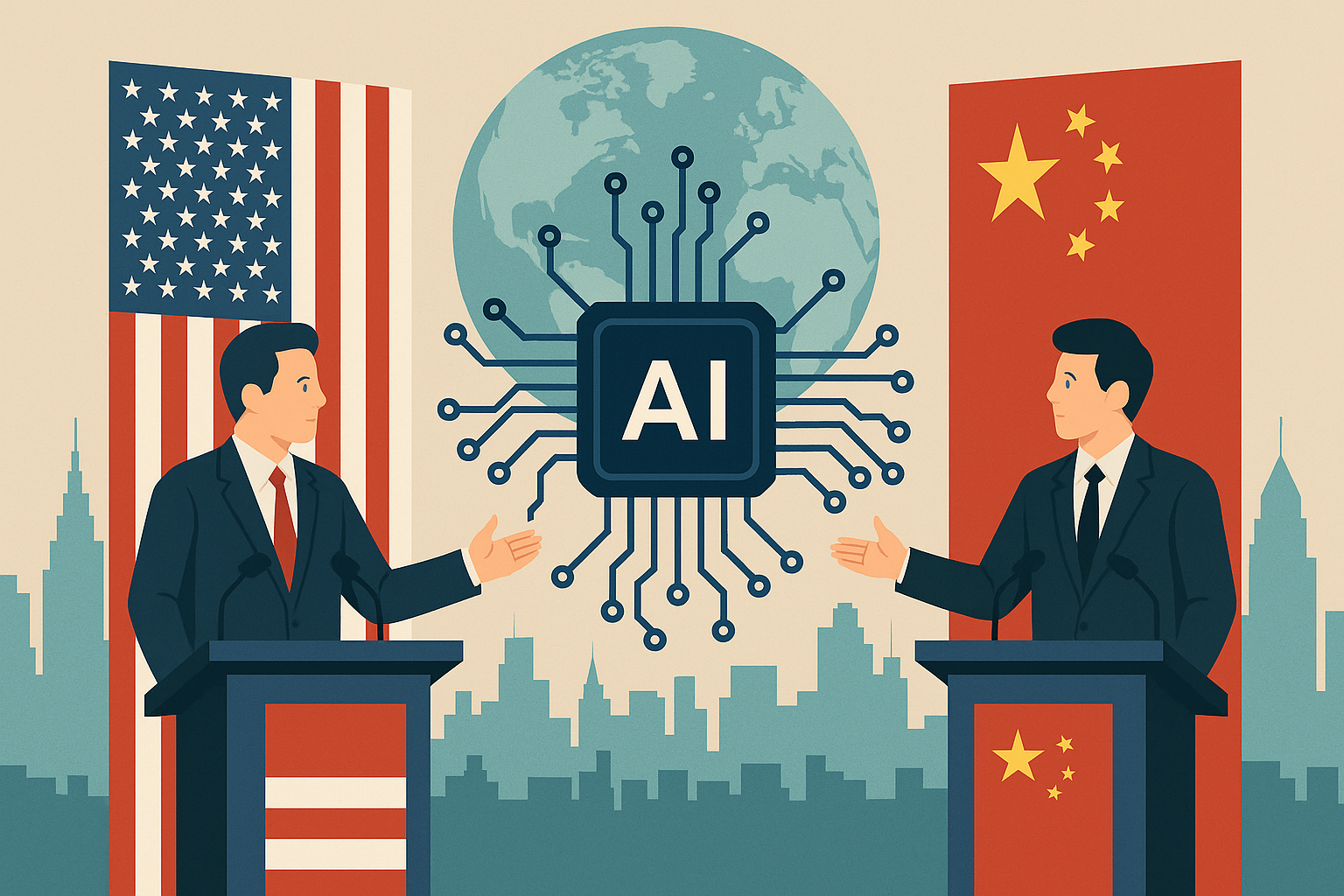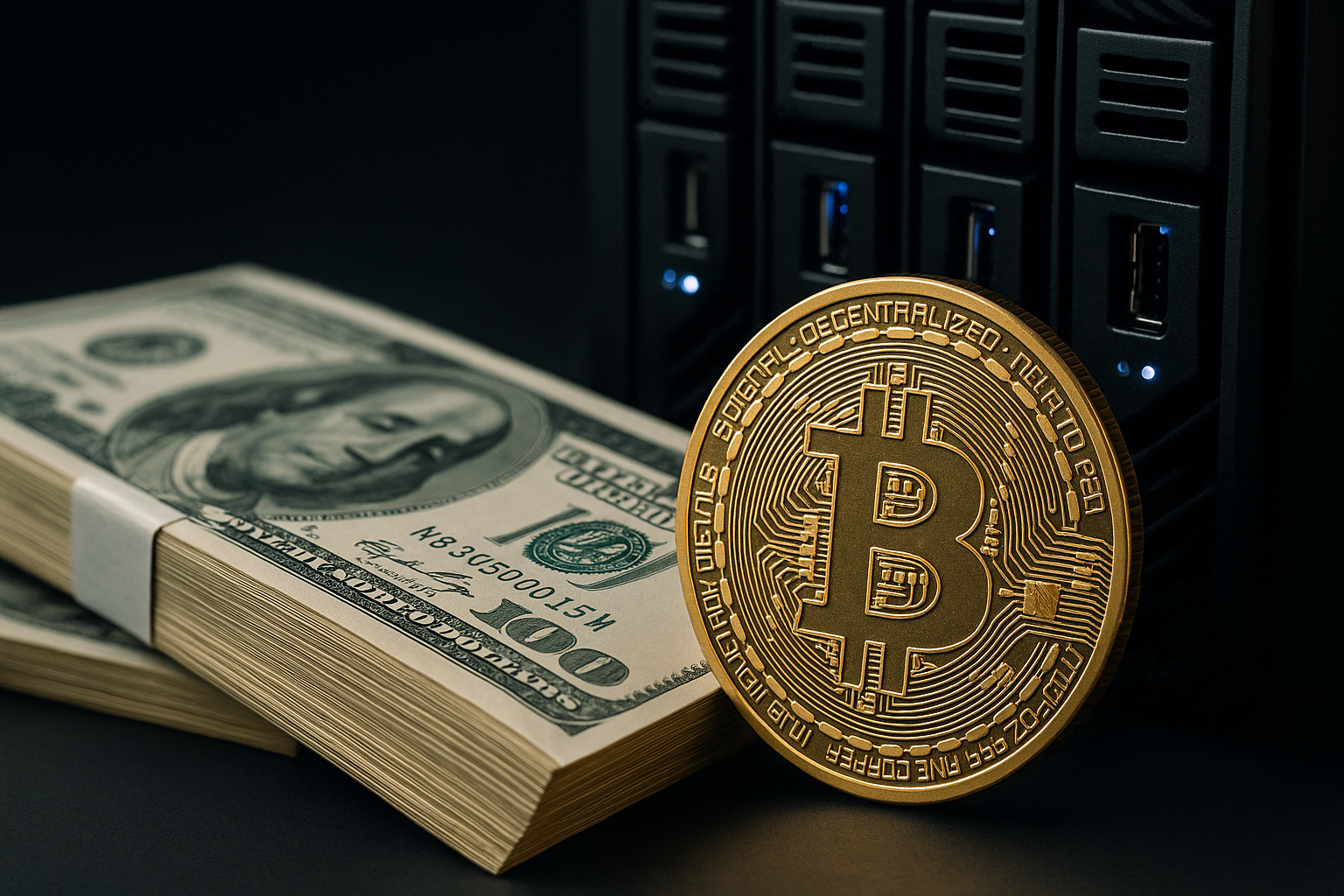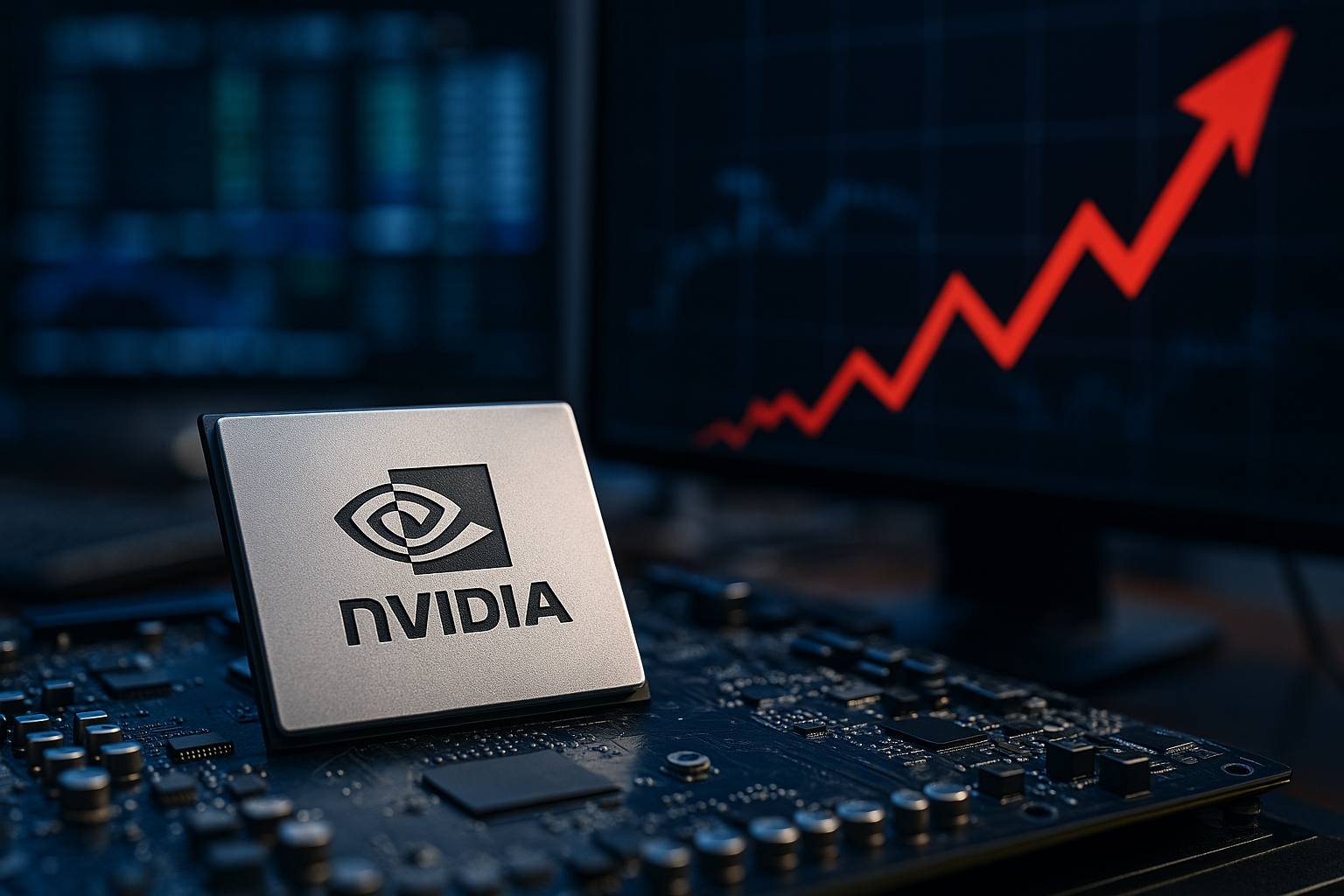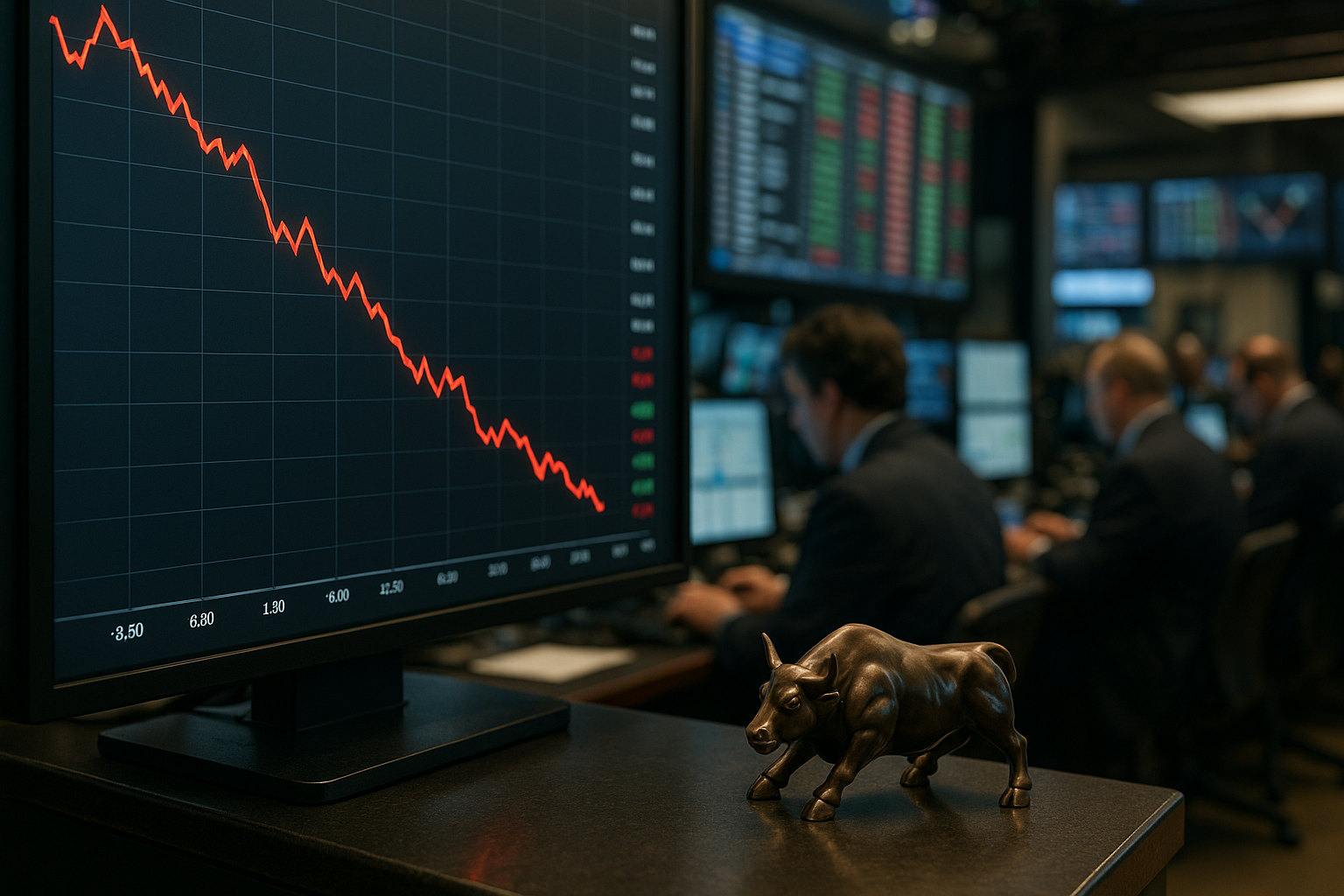Global semiconductor markets are watching closely as Beijing reportedly makes the removal of U.S. AI-chip export restrictions a key demand in ongoing trade negotiations. According to Blockchain News, the talks aim to address long-standing disputes over technology access, with AI chips now sitting at the center of both nations’ industrial and national security strategies.
The restrictions—first introduced in 2022 and tightened in 2023—have curtailed China’s ability to purchase high-performance graphics processing units (GPUs) from U.S. companies like Nvidia and AMD, limiting its AI research and large-scale computing capabilities. Washington has framed the measures as critical to preventing the military use of advanced AI, while Beijing views them as a direct obstacle to economic growth and innovation.
Why This Matters for Investors
Semiconductors are the backbone of modern AI, and export controls have already reshaped global supply chains. U.S. chipmakers have lost billions in potential sales since the initial restrictions were imposed, while Chinese companies have accelerated efforts to develop domestic alternatives.
Goldman Sachs estimates that easing or lifting restrictions could add up to $8–10 billion in annual revenue for U.S. semiconductor firms, with Nvidia potentially recapturing over 25% of its China data-center market share. Conversely, a continued stalemate could deepen the East-West tech divide, forcing multinational companies to make more pronounced regional production shifts.
Markets have already begun pricing in the stakes—semiconductor ETFs such as the iShares Semiconductor ETF (SOXX) and VanEck Semiconductor ETF (SMH) have seen heightened volatility in recent weeks.
Geopolitics Meets Market Dynamics
The push for lifting restrictions comes as both nations face economic challenges. China is grappling with slower GDP growth and a struggling property market, while the U.S. seeks to secure more favorable trade terms ahead of its 2026 election cycle.
Bloomberg reports that U.S. negotiators are considering limited exemptions for certain AI chips used in commercial, non-military applications. This potential middle ground could unlock selective market access for Nvidia’s lower-end AI accelerators while maintaining controls on cutting-edge models like the H100 and B200 series.
The outcome could ripple far beyond semiconductors. Supply chain bottlenecks in AI hardware have also impacted cloud service providers, autonomous vehicle developers, and advanced robotics firms—sectors poised for exponential growth if chip availability improves.
Future Trends to Watch
1. China’s Domestic AI-Chip Drive – Even if restrictions ease, Beijing is unlikely to slow its push for semiconductor self-sufficiency. State-backed firms like Biren Technology and Huawei’s HiSilicon are investing heavily in AI-optimized chip architectures.
2. U.S. Export Policy Evolution – Any change to AI chip export rules could set precedent for other high-tech exports, including quantum computing and advanced lithography tools.
3. AI Hardware Demand Surge – McKinsey projects that AI hardware spending will grow at a 27% CAGR through 2030, with most growth concentrated in Asia. Investors positioned in both U.S. and Asian suppliers could benefit from a bilateral trade thaw.
Key Investment Insight
Investors should view the AI-chip export dispute as a high-impact geopolitical catalyst. A favorable resolution could trigger a rally in semiconductor stocks, benefiting not only Nvidia and AMD but also equipment suppliers like ASML, Lam Research, and Applied Materials. On the flip side, a prolonged deadlock could pressure earnings guidance and intensify decoupling trends, making diversification into regional chipmakers and non-U.S. AI hardware plays a prudent strategy.
Given the volatility risk, short-term traders may consider options strategies to hedge against policy-driven swings, while long-term investors should track both diplomatic developments and quarterly earnings for early signals of sentiment shifts.
AI chips have become the strategic resource of the 21st century—vital to national security, economic growth, and technological dominance. As the U.S. and China negotiate the rules of access, investors face both elevated risks and transformative opportunities.
Stay informed with MoneyNews.Today, your trusted source for real-time, actionable market intelligence in a rapidly changing global economy.





